Squats are one of those essential fundamental movement patterns that are inherent to humans. It is a foundational movement that is accessible from a very young age and is very important for developing and maintaining lower body strength and flexibility. Unfortunately, as we transition from childhood to adulthood, we lose that strength and flexibility often from living a sedentary lifestyle
What Is A Squat?
Put simply, a squat is a lower body strengthening exercise. At its most basic, a squat is when you bend your knees and lower your hips towards the ground from a standing position and then stand back up.
There are many variations of a squat such as weighted, single leg or split squat to name just a few.
Why Are Squats Important?
Aside from being a foundation movement, squats are really important for lower body strength such as core, glutes, quads and hamstrings, as well as improving hip mobility, knee and ankle stability. All of which can assist in injury prevention, whether you are a young athlete or an active senior.
How To Improve Squat
Although it may not be fancy, there is something to be said about mastering the basics. The best way to improve your squat, especially if your goal is to do a deep squat, is to practice. Here are some progressive squat variations demonstrated by COAST RMT Karson Rosser.
If you are new to squats or looking to get deeper, you may have limited range of motion in your hips, knees and ankles.
To help, you can do two things. The first is holding onto a squat rack or even a door frame which allows you to gain depth and become more comfortable with the movement. The second is elevating your heels with some wedges and then push to your end range when you lower into your squat. Elevating your heels helps to keep your torso more upright and is very beneficial for people with limited ankle mobility.
Once you are comfortable lowering down into a deep squat, you can try doing the squat without support and then eventually remove the wedges.
If you would like to make the squat more challenging, you can add on some light weights. It helps to start by holding the weights in front of your body, keeping the weight over your center of gravity. Make sure you are conscious of your body position by activating your abdominal muscles, holding your torso upright and not collapsing through the knees.
Finally, if a barbell squat is your ultimate goal for strength training purposes, you can practice by squatting with the bar on your shoulders, behind your neck and then gradually adding weight. Too much weight too soon could lead to an unwanted injury, so add weight slowly.





